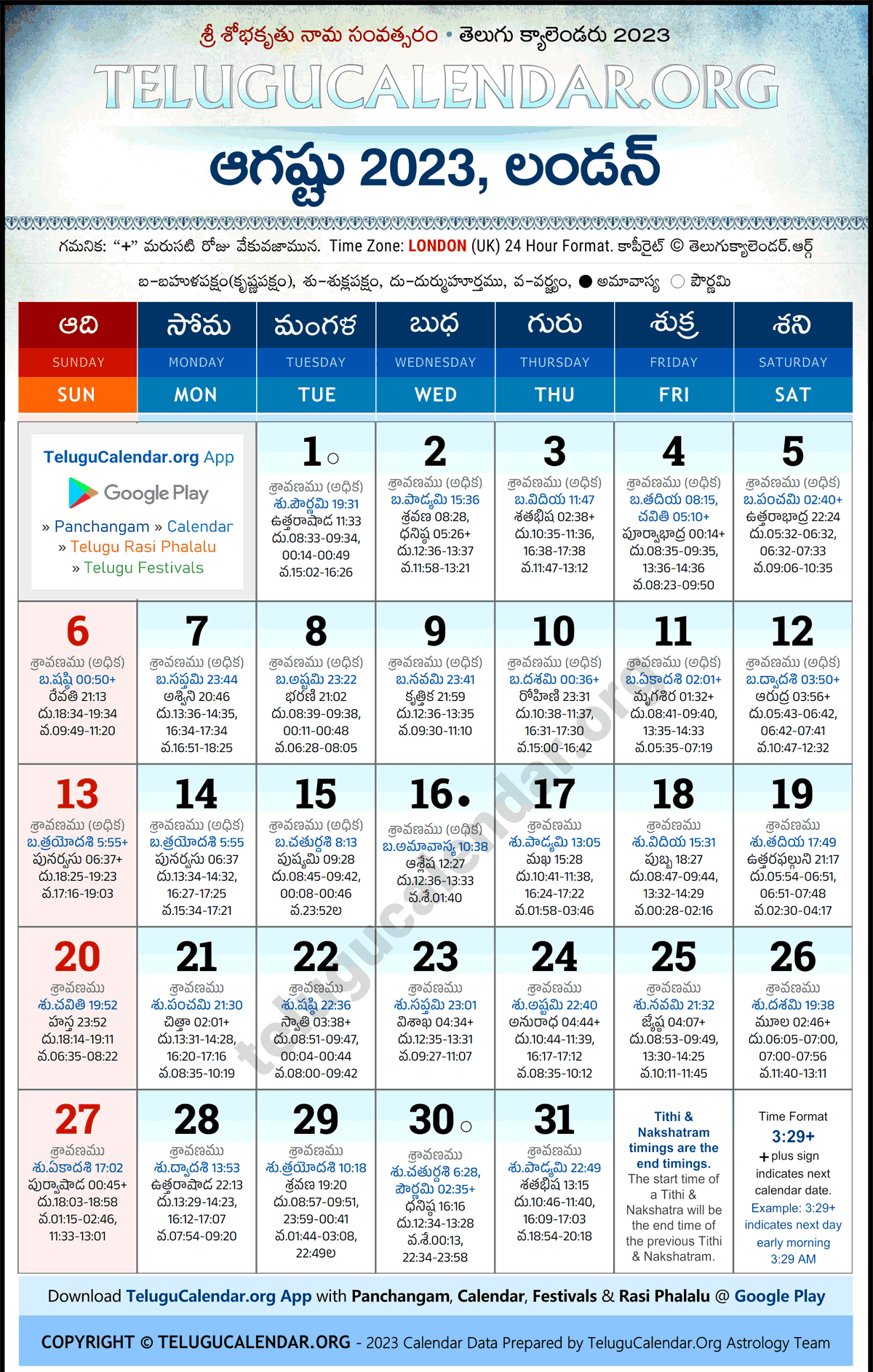The Telugu language is not just a medium of communication but a reflection of the region's history and traditions. From the ancient Nannaya's Mahabharatam to the modern-day Tollywood films, Telugu has been a bridge connecting generations. Its script, derived from the Brahmi script, is one of the most systematic writing systems in the world. Beyond its linguistic appeal, Telugu culture is deeply rooted in festivals like Sankranti, Ugadi, and Bathukamma, which are celebrated with great enthusiasm. These cultural elements make learning Telugu a rewarding experience. In today’s globalized world, the importance of regional languages like Telugu cannot be overstated. With the rise of digital platforms, Telugu content is gaining immense popularity, especially in the realms of cinema, music, and literature. Whether you are a language enthusiast, a traveler, or someone looking to connect with Telugu-speaking communities, this article will guide you through the intricacies of the language, its cultural significance, and how you can embrace it in your life. Let’s dive deeper into the world of Telugu and uncover its hidden gems.
Table of Contents
- What Makes Telugu Unique Compared to Other Languages?
- The History and Evolution of Telugu Language in Telugu
- How Can You Learn Telugu Effectively?
- What Are the Major Festivals Celebrated in Telugu Culture?
- Telugu Cinema (Tollywood) and Its Global Impact
- Why Is Telugu Literature Considered a Golden Treasure?
- How Does Telugu Cuisine Reflect the Culture in Telugu?
- Frequently Asked Questions About Telugu Language and Culture
What Makes Telugu Unique Compared to Other Languages?
Telugu stands out among the world's languages due to its rich phonetics, intricate grammar, and historical significance. One of the unique aspects of Telugu is its script, which is derived from the ancient Brahmi script. The Telugu alphabet consists of 60 symbols, including 16 vowels and 41 consonants, making it one of the most comprehensive writing systems. This systematic structure allows for precise pronunciation and clarity, earning it the nickname "Italian of the East" for its melodious tone. Another distinguishing feature of Telugu is its agglutinative nature. This means that words in Telugu are often formed by adding multiple suffixes to a root word, allowing for the creation of complex meanings within a single word. For instance, the word "ప్రకృతిపరమైన" (prakruti paramaina) combines "ప్రకృతి" (nature) and "పరమైన" (ultimate) to convey the idea of "natural perfection." This linguistic flexibility makes Telugu both expressive and efficient. Telugu also has a rich tradition of classical literature. Works like Nannaya's Mahabharatam and Tikkana's contributions to the same epic showcase the language's literary depth. These texts are not only revered for their storytelling but also for their philosophical insights. Additionally, Telugu has a vibrant oral tradition, with folk songs and poetry playing a significant role in cultural expression. This blend of written and oral traditions makes Telugu a language of immense cultural and historical value.
The History and Evolution of Telugu Language in Telugu
The origins of the Telugu language can be traced back to the 3rd century BCE, when it evolved from the Proto-Dravidian language family. Early inscriptions in Telugu were found on stones and copper plates, dating back to the 6th century CE. These inscriptions, written in the Brahmi script, mark the beginning of Telugu's literary journey. Over the centuries, Telugu absorbed influences from Sanskrit, Prakrit, and Persian, enriching its vocabulary and grammar. The medieval period saw the rise of Telugu as a prominent literary language. The "Trinity of Poets" – Nannaya, Tikkana, and Yerrapragada – translated the Mahabharata into Telugu, laying the foundation for classical Telugu literature. During the Vijayanagara Empire, Telugu flourished as the court language, producing works of great poetic and philosophical significance. This era also saw the emergence of the "Prabandha" style of writing, which combined prose and poetry. In the modern era, Telugu has undergone significant changes. The language adapted to colonial influences and later embraced technological advancements. Today, Telugu is one of the 22 scheduled languages of India and is widely used in media, education, and governance. Its evolution reflects the resilience and adaptability of the Telugu-speaking people, making it a living testament to their cultural heritage.
Read also:Discover Marie Temara Inspiring Stories Achievements And Insights
How Can You Learn Telugu Effectively?
Learning Telugu can be a rewarding experience, especially if approached with the right strategies. Here are some effective methods to master the language:
Start with the Basics
Begin by familiarizing yourself with the Telugu script and alphabet. Understanding the 60 symbols, including vowels and consonants, is crucial for pronunciation and reading. Online resources and mobile apps like "Learn Telugu Easily" can help you practice writing and recognizing these characters.
Immerse Yourself in the Language
Immersion is key to language learning. Watch Telugu movies, listen to Telugu songs, and try to engage with native speakers. Platforms like YouTube offer a plethora of Telugu content, from educational videos to entertainment. This exposure will help you pick up common phrases and improve your listening skills.
Practice Speaking and Writing
Find language exchange partners or join online communities where you can practice speaking Telugu. Writing simple sentences and gradually progressing to essays can also enhance your proficiency. Consistency is vital, so set aside time each day for practice. With dedication, you'll soon find yourself conversing fluently in Telugu.
What Are the Major Festivals Celebrated in Telugu Culture?
Festivals are an integral part of Telugu culture, reflecting the region's traditions, values, and communal harmony. These celebrations are marked by vibrant rituals, delicious food, and joyous gatherings. Here are some of the most significant festivals celebrated in Telugu-speaking regions:
Sankranti: The Harvest Festival
Sankranti, also known as Pongal in Tamil Nadu, is celebrated in January to mark the end of the winter solstice. It is a time for gratitude and new beginnings. People decorate their homes with colorful rangoli designs, fly kites, and prepare traditional dishes like "పొంగళ్" (pongal) and "అరిసెలు" (ariselu). Bonfires are lit, symbolizing the burning of past misfortunes.
Read also:Who Is Kaitlyn Krems Ed And Why Should You Know About Her
Ugadi: The Telugu New Year
Ugadi, celebrated in March or April, marks the beginning of the Telugu calendar year. It is a day of renewal and hope. Families prepare "ఉగాది పచ్చడి" (Ugadi pachadi), a unique dish made with six flavors representing the different emotions of life. Temples are decorated, and people wear new clothes to welcome the new year.
Bathukamma: A Celebration of Femininity
Bathukamma is a floral festival celebrated predominantly by women in Telangana. It honors the goddess Gauri and symbolizes the victory of good over evil. Women arrange colorful flowers in concentric circles, creating beautiful "Bathukamma" structures. The festival culminates in immersing these floral arrangements in water bodies, accompanied by traditional songs and dances.
Telugu Cinema (Tollywood) and Its Global Impact
Telugu cinema, popularly known as Tollywood, has emerged as one of the most influential film industries in India. With its roots dating back to the 1920s, Tollywood has grown exponentially, producing over 200 films annually. It is renowned for its captivating storytelling, innovative cinematography, and memorable music. Directors like S.S. Rajamouli have brought global recognition to the industry with blockbusters like "Baahubali" and "RRR." The impact of Tollywood extends beyond India, with a significant fan base in countries like the United States, Canada, and the United Kingdom. Telugu films are often remade in other languages, further amplifying their reach. The industry's emphasis on visual effects and grand narratives has set new benchmarks in Indian cinema. Tollywood's success is a testament to the creativity and hard work of its artists, technicians, and producers.
Why Is Telugu Literature Considered a Golden Treasure?
Telugu literature is a treasure trove of wisdom, artistry, and cultural heritage. From ancient epics to modern poetry, it offers a glimpse into the intellectual and emotional landscape of the Telugu-speaking people. The works of the "Trinity of Poets" – Nannaya, Tikkana, and Yerrapragada – are considered the pinnacle of classical Telugu literature. Their translation of the Mahabharata into Telugu is a masterpiece of linguistic and philosophical depth. In the modern era, writers like Gurajada Apparao and Sri Sri revolutionized Telugu literature by addressing social issues and promoting reform. Gurajada's play "Kanyasulkam" challenged the dowry system, while Sri Sri's poetry reflected the struggles of the common man. Today, Telugu literature continues to thrive, with authors exploring diverse themes and genres. Its rich legacy ensures that Telugu remains a vibrant and evolving language.
How Does Telugu Cuisine Reflect the Culture in Telugu?
Telugu cuisine is a delightful reflection of the region's culture, history, and geography. Known for its bold flavors and diverse ingredients, it offers a culinary experience like no other. Rice, lentils, and spices form the backbone of Telugu meals, while dishes like "పులిహోర" (pulihora) and "పంచారి" (panchadi) showcase the creativity of Telugu cooks. The cuisine also reflects the agricultural richness of Andhra Pradesh and Telangana. Staples like "జొన్న రొట్టె" (jonna rotte) and "సాగు పప్పు" (sagu pappu) highlight the importance of millets and pulses in the diet. Festivals bring out special dishes like "బొబ్బట్లు" (bobbattlu) during Sankranti and "అరిసెలు" (ariselu) during Ugadi. These culinary traditions are a testament to the region's cultural diversity and communal harmony.
Frequently Asked Questions About Telugu Language and Culture
What is the significance of Telugu in Indian cinema?
Telugu cinema, or Tollywood, is one of the largest film industries in India, known for its innovation and global appeal. It has produced iconic films like "Baahubali" and "RRR," which have captivated audiences worldwide.
How can I improve my Telugu pronunciation?
Practice regularly by listening to native speakers, watching Telugu movies, and using language learning apps. Focus on mastering the unique sounds of the Telugu alphabet for better pronunciation.
What are some must-try Telugu dishes?
Some popular Telugu dishes include "బిర్యానీ" (biryani), "పులిహోర"

